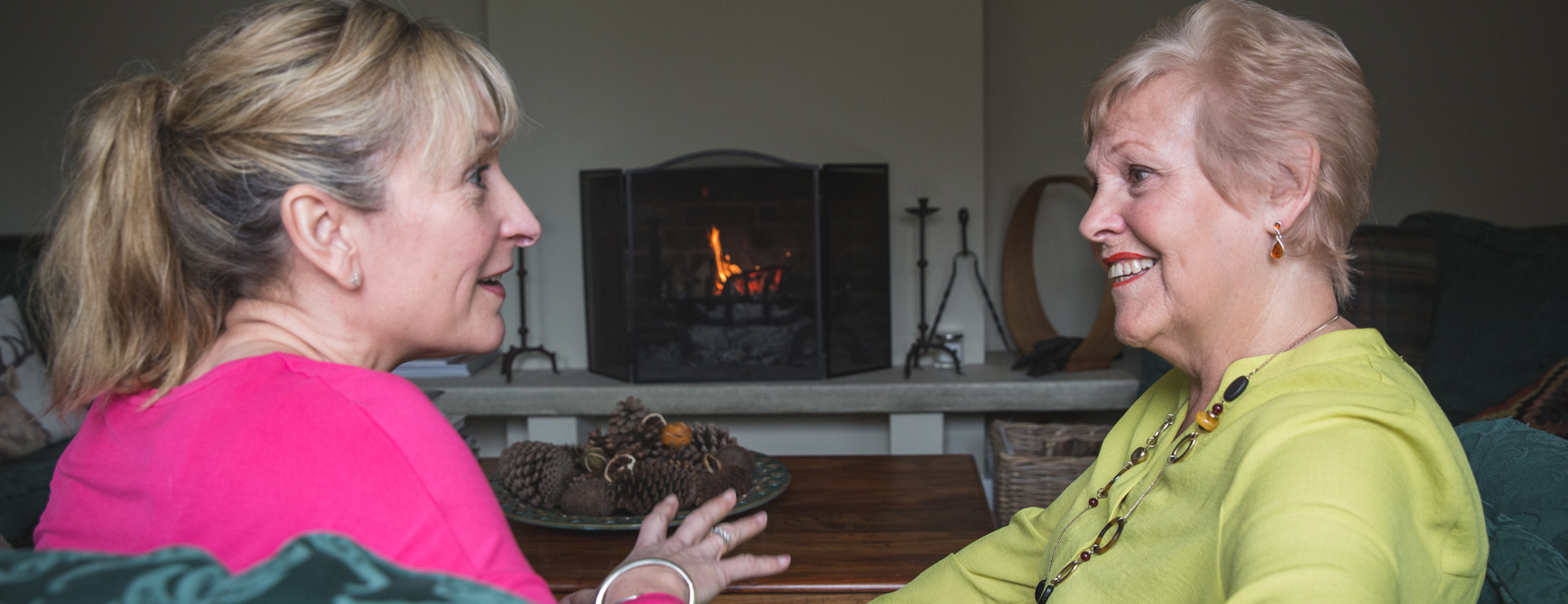You may have heard of the upcoming adult social care charging reform in 2025 – but what does it mean for you and your family needing care?
As part of the Government’s 2021 Vision for Adult Social Care, these reforms aim to provide additional resources and support to people living in England requiring care while easing some of the financial burdens associated with accessing social care services.
A major aspect of the reform is the new £86,000 care fee cap on expenses for personal care. This means that people funding their own care can’t exceed £86,000 in personal care expenses throughout their lifetime, including for home care services.
These new reforms have been delayed until October 2025 and there is still limited information available at this time. Here is everything we know about the upcoming 2025 adult social care reforms in England so far. All information on this page uses available Government guidance.

What are the new rules for care payments?
In 2021, the Government introduced new rules for care payments outlined in their ‘Build Back Better: Our Plan For Health and Social Care‘ publication.
A key change in the adult social care reform involves adjusting the upper and lower threshold for paying for care in England. Previously, the local authority would only fully fund care for individuals with income and savings lower than £14,250. This lower limit has risen to £20,000. The upper threshold has also risen significantly from £23,250 to £100,000.
To make these changes clear, starting from October 2025:
- If your savings and income exceed £100,000, you’ll be considered a self-funder and be responsible for covering the costs of your care.
- For savings and income ranging between £20,000 and £100,000, you’ll contribute what you can afford, supplemented by a means-tested ‘tariff’ contribution from your assets. However, with the new proposed care cap fees, individuals in England will not have to pay more than £86,000 for care over their lifetime.
- If your savings and income are less than £20,000, your local authority will fund your care, although income-based contributions may still be required.
| Change | Current Rule | New Rule (From Oct 2025) |
| Lower Threshold for Funding | £14,250 | £20,000 |
| Upper Threshold for Funding | £23,250 | £100,000 |
| Lifetime Care Cap on Personal Care Costs | None | £86,000 |
These adjustments apply to people receiving ‘personal care’, which includes people residing in care homes or receiving home care services.
A financial assessment will determine the total value of your savings, income, and assets, particularly if care in a care home is necessary. Notably, NHS continuing healthcare and NHS-funded nursing care remain unaffected by these changes, and individuals may still qualify for these benefits based on their care needs.
In the subsequent section, we’ll delve into the second part of these rules – the care fees cap.

What is the care fees cap?
Currently, there is no cap on care fees in the UK. However, with the introduction of the new care home fees cap in 2025, individuals will have a limit on the amount they need to spend on their personal care throughout their lifetime. Once this new £86,000 cap is reached, individuals will no longer be required to pay for their care.
Under the new thresholds, if your savings and income exceed £100,000, you will be responsible for funding your own care until you reach the £86,000 care cap (or until the total value of your savings and income falls below £100,000).
Originally scheduled for implementation in October 2023, the Government has postponed the introduction of the care fees cap to October 2025.
Who does the care cap apply to?
The care cap specifically applies to expenses related to personal care, which includes support provided in residential care homes, nursing care homes, and personal care provided at home.
Examples of personal care include:
- Help getting dressed and undressed
- Help getting in and out of bed
- Washing and bathing
- Managing medication
- Other personal hygiene tasks
However, it’s important to note that the care cap does not cover other costs associated with receiving care, such as accommodation, utility bills, food, and cleaning expenses.
If your total savings and income exceed £100,000, once you reach the care cap of £86,000, your local authority will become responsible for meeting your eligible care and support needs. However, you will continue to be responsible for covering accommodation and similar costs.
When does the care cap start?
The new rules for care payments, including the care fees cap, are set to take effect in October 2025. Initially scheduled for October 2023, the Government postponed their introduction by two years.
This care cap delay was primarily aimed at stabilising public spending. By pushing back the implementation of the care fees cap and new thresholds, the Government estimated a potential saving of around £2 billion.
New rules for care home payments
Given that receiving care in a residential care home is encompassed under personal care, all of the reforms mentioned apply to paying care home fees as well. This includes the introduction of the care fees cap, adjustments to thresholds for local authority funded care, and any other changes outlined in the reforms. Therefore, anyone in England receiving Government funding for care homes or privately funding their own care home fees will also be affected by these new rules and regulations.
New rules for care home payments in Scotland
These new rules will not be applicable to people receiving care in Scotland. However, it’s worth noting that Scotland has recently adjusted its thresholds for local authority funded care. The lower threshold has been raised to £20,250, while the upper threshold is now set at £32,750.
Will the social care reforms affect you?
Whether you’ll be impacted by the social care reforms depends on the total value of your savings, income, and assets, particularly if you require care in a care home.
Previously, you might have been solely responsible for funding your care. However, with the savings threshold for care increasing from £23,250 to £100,000, you may now qualify for some level of care funding from your local authority.
A financial assessment should be conducted to determine your eligibility for local authority funding and the amount you may receive.
If you currently self-fund your care and will continue to do so when the new thresholds come into effect, the £86,000 care cap means that your payments will cease once you reach this £86,000 limit, providing some relief from indefinite payments.

Next steps
Navigating the complex world of care funding can feel overwhelming. Here are some proactive steps you can take regardless of when the new rules go into effect:
Seek professional advice:
- Financial advisors specialising in care planning can provide personalised guidance on funding options and strategies.
- Care specialists can help you understand care needs and potential long-term costs.
- To check if a financial adviser is registered with the Financial Conduct Authority (FCA), see the Financial Services Register.
Explore funding options:
Research potential sources of financial support, such as:
- NHS Continuing Healthcare: For those with complex health needs
- Local authority support like the Attendance Allowance
- Read more on self-funding care
Plan Ahead:
- Start financial and care planning as early as possible, even if your situation seems stable.
- Discuss preferences for care settings and potential costs with your loved ones to ensure you are all aligned.
Talk to our friendly advisors
Our expert care advisors are here to help you understand your options, including accessing funding. Contact us today, and we will be happy to discuss your or a loved one’s care needs and how we can help.





